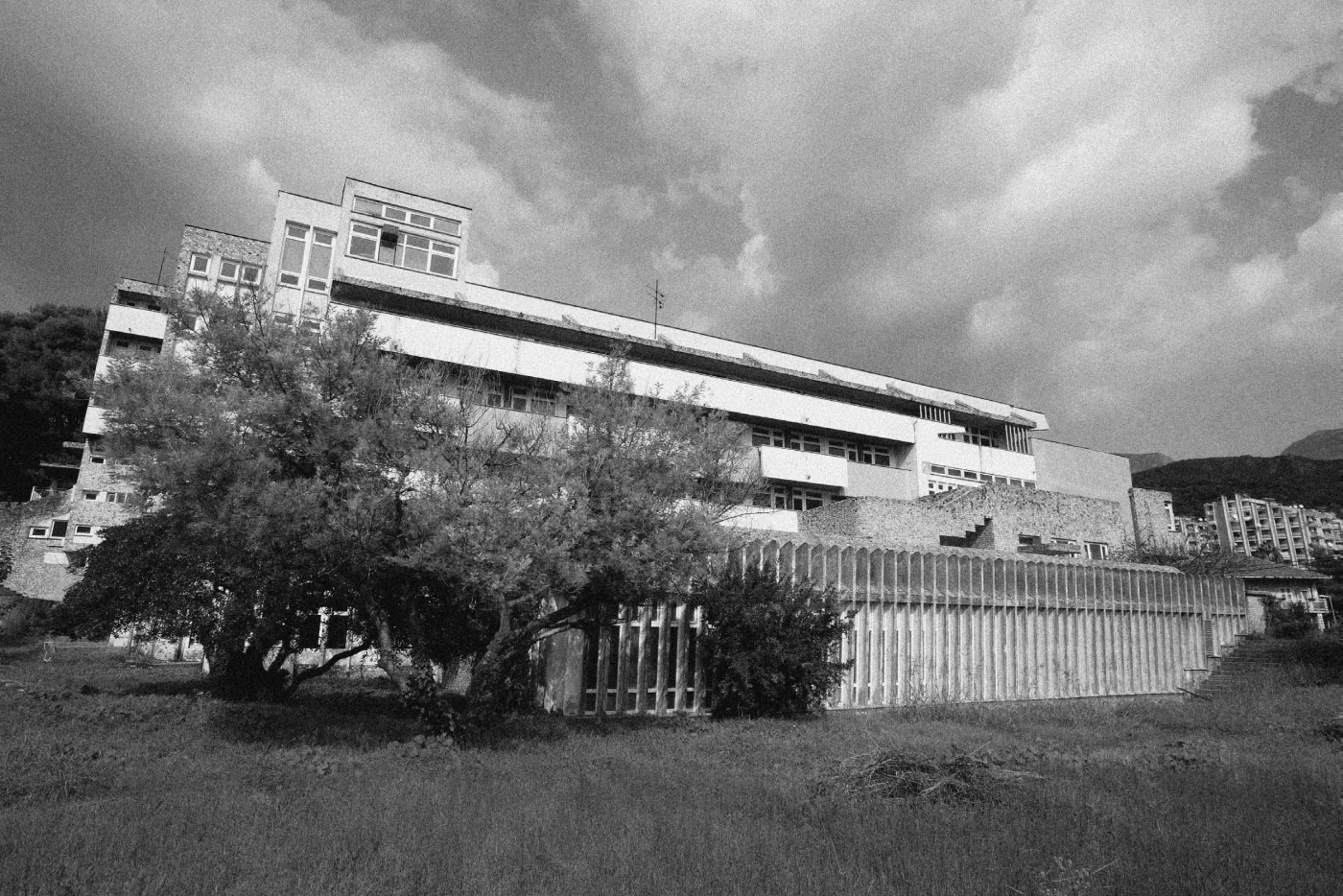In the conditions of current globalization trends, the creation of a new European political and spatial context and the expression of regional cultural differences, a need has emerged to redefine cultural and urban identity. Spatial-cultural identity is particularly strong in settings enriched by a recognisable geo-climate and cultural and built heritage such as the Adriatic Coast, with specific emphasis on the Bay of Kotor (Boka Kotorska) and Herceg Novi, its largest town. The main subject of the this paper is the architecture of Nikola Dobrović as realised during the 1960s and 1970s in Herceg Novi. Ranging from the first town planning of Herceg Novi, and plans for the central town zone to a large corpus of unaccomplished projects and several realised buildings, it represents an illustrative response to the context and new programme visions. All this work was carried out in the context of the dynamic post-war development of the town and the architectural paradigms valid in that period.The general goal of this paper is to define and explain the character and scope of the works of Nikola Dobrović in Herceg Novi, through analysis of their relation to the regional context. Additionally, a comparison is made with his early contextual sensitivity demonstrated in the project examples of Dubrovnik. The final goal of this paper is to raise awareness of the significance of 20th-century architectural heritage as a valid element of urban identity, a source of inspiration and creativity of future generations, as well as a supply of usable and current project methods in building the urban landscape of a coastal town.

This work is licensed under a Creative Commons Attribution 4.0 International License.
